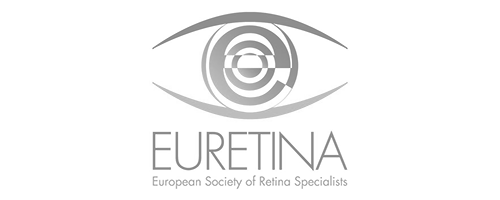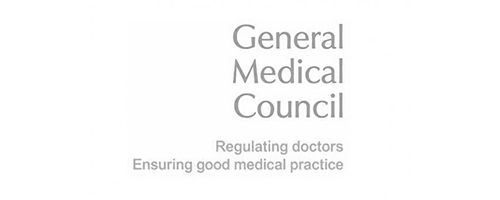DIABETIC EYE DISEASE
Diabetic retinopathy is a complication of diabetes, caused by high blood sugar levels damaging the back of the eye (retina). It can cause blindness if left undiagnosed and untreated. However, it usually takes several years for diabetic retinopathy to reach a stage where it could threaten your sight.
To minimise the risk of this happening, people with diabetes should:
- ensure they control their blood sugar levels, blood pressure and cholesterol
- attend diabetic eye screening appointments – annual screening is offered to all people with diabetes aged 12 and over to pick up and treat any problems early on
HOW DIABETES CAN AFFECT THE EYES
The retina is the light-sensitive layer of cells at the back of the eye that converts light into electrical signals. The signals are sent to the brain which turns them into the images you see.
The retina needs a constant supply of blood, which it receives through a network of tiny blood vessels.
Over time, a persistently high blood sugar level can damage these blood vessels in 3 main stages:
- background retinopathy – tiny bulges develop in the blood vessels, which may bleed slightly but do not usually affect your vision
- pre-proliferative retinopathy – more severe and widespread changes affect the blood vessels, including more significant bleeding into the eye
- proliferative retinopathy – scar tissue and new blood vessels, which are weak and bleed easily, develop on the retina; this can result in some loss of vision
However, if a problem with your eyes is picked up early, lifestyle changes and treatment can stop it getting worse.
DIABETIC RETINOPATHY
Anyone with type 1 diabetes or type 2 diabetes is potentially at risk of developing diabetic retinopathy. You’re at a greater risk if you:
- have had diabetes for a long time
- have a persistently high blood sugar (blood glucose) level
- have high blood pressure
- have high cholesterol
- are pregnant
- are of Asian or Afro-Caribbean background
By keeping your blood sugar, blood pressure and cholesterol levels under control, you can reduce your chances of developing diabetic retinopathy.
DIABETIC MACULAR OEDEMA
Diabetic Macular Oedema (DMO) is a serious condition in which fluid builds up on the macula.
• The macula is the central part of the retina that controls our central vision, colour vision and fine detail of what we see.
• When the macula swells with fluid, central vision becomes blurry
DMO is caused by long-term exposure to high blood sugar levels caused by diabetes. The longer you have diabetes, the greater your chance of developing sight loss through DMO.
Other lifestyle factors can increase your risk of developing DMO as well such as
- Smoking
- Being overweight
- Poor control of problems such as high blood pressure or abnormal cholesterol level







